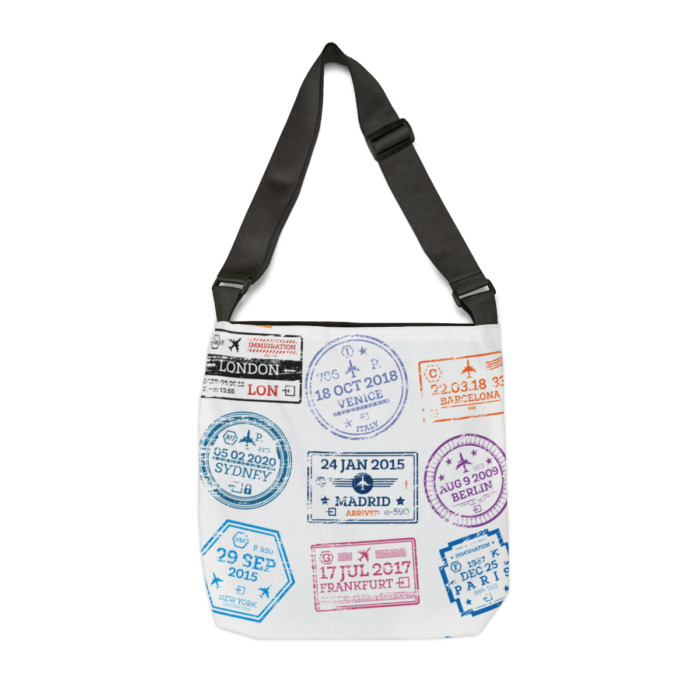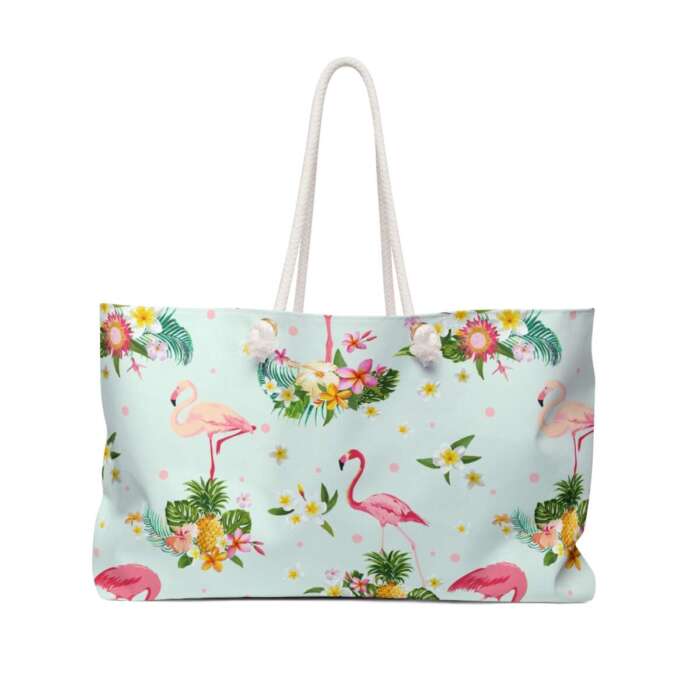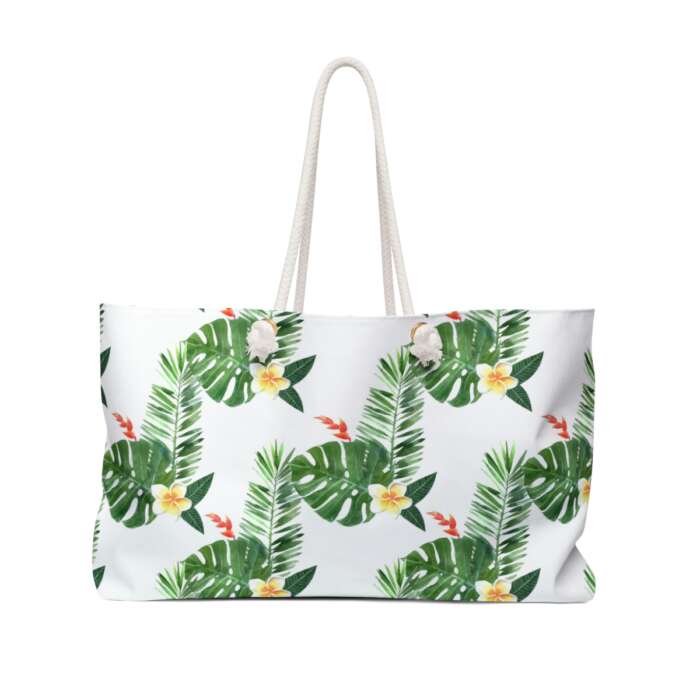When hiking in nature parks, it is essential to practice Leave No Trace principles to protect the environment and wildlife.
Hiking is a popular outdoor activity enjoyed by millions of people around the world. It is an opportunity to explore the beauty of nature and to get away from the hustle and bustle of everyday life.
However, with the increasing number of hikers, it is more important than ever to practice Leave No Trace principles to protect the environment and wildlife.
Table of Contents:
What is Leave No Trace about?
Leave No Trace is a set of outdoor ethics that promote responsible and sustainable outdoor recreation. It was developed by the Leave No Trace Center for Outdoor Ethics, a non-profit organization that seeks to educate people on how to minimize their impact on the environment while enjoying outdoor activities.
When hiking in nature parks, it is essential to practice Leave No Trace principles to protect the environment and wildlife.
Here are some of the key principles of Leave No Trace to keep in mind:
Plan ahead and prepare
Before heading out on a hike, it is important to plan ahead and prepare. This includes researching the trail and park regulations, checking the weather forecast, and bringing appropriate gear and supplies.
By planning ahead, you can ensure that you are well-prepared for the hike and minimize the chances of needing to leave anything behind.
Travel and camp on durable surfaces
When hiking, it is important to stick to established trails to minimize the impact on the environment. Avoid walking on fragile vegetation, especially in wet or muddy conditions.
If you need to camp, look for established campsites or areas with durable surfaces like rock, gravel, or sand. Avoid setting up camp in meadows or other sensitive areas.
Dispose of waste properly
When hiking, it is important to pack out all trash and dispose of waste properly. This includes food scraps, toilet paper, and hygiene products.
Use designated restrooms or bury human waste in a cat hole at least 200 feet from water sources, trails, and campsites. Carry out all trash and dispose of it in appropriate containers.
Leave what you find
When hiking, it can be tempting to pick up souvenirs or take home natural objects. However, it is important to leave what you find to minimize the impact on the environment.
This includes rocks, plants, and wildlife. Even small disruptions to the environment can have a big impact over time.
Minimize campfire impact
If you need to build a campfire, it is important to do so responsibly. Use established fire rings or fire pans, and keep fires small.
Use only dead and downed wood for fuel, and never cut live trees or branches. Make sure the fire is completely extinguished before leaving the site.
Respect wildlife
When hiking, it is important to respect the wildlife in the area. Observe animals from a distance and avoid feeding them.
Keep a safe distance from wildlife and give them plenty of space. Avoid disturbing their natural habitats, and never attempt to approach or touch them.
Be considerate of other visitors
When hiking, it is important to be considerate of other visitors to the park. Keep noise levels low, especially in campgrounds and other areas where people are sleeping.
Yield to other hikers on the trail, and follow established trail etiquette. Be respectful of others and their experience in the park.
Please practice Leave No Trace principles
By practicing Leave No Trace principles, you can help protect the environment and wildlife while enjoying outdoor recreation.
Whether you are hiking, camping, or just spending time in nature, these principles can help you minimize your impact and ensure that future generations can enjoy the beauty of the outdoors.
In addition:
In addition to the seven principles of Leave No Trace, there are also some other things you can do to minimize your impact on the environment:
For example, you can use environmentally friendly products like biodegradable soap and sunscreen. You can also reduce your carbon footprint by carpooling or using public transportation to get to the park.
Overall, practicing Leave No Trace principles is not only important for the protection of the environment and wildlife, but also for the preservation of the experience for future generations. As more people venture into the outdoors, the impact on natural areas will continue to increase. By following these principles, we can all do our part in minimizing our impact and ensuring that these natural areas are protected for future generations.
Get involved!
Another way to support the Leave No Trace movement is to get involved in local clean-up and conservation efforts. Many parks and conservation organizations have volunteer opportunities where you can help maintain trails, remove invasive species, and clean up litter.
By getting involved in these efforts, you can make a tangible difference in the health and preservation of the environment.
Spread awareness
It is also important to spread awareness about Leave No Trace principles and encourage others to practice responsible outdoor recreation.
This can be done by sharing information on social media, talking to friends and family, or even leading by example on your next outdoor adventure.
The end of the trail
In conclusion, when hiking in nature parks, it is essential to practice Leave No Trace principles to protect the environment and wildlife.
By planning ahead, traveling and camping on durable surfaces, disposing of waste properly, leaving what you find, minimizing campfire impact, respecting wildlife, and being considerate of other visitors, we can all make a positive impact on the environment and ensure that these natural areas are protected for future generations.
Remember:
Remember, it is up to all of us to do our part in preserving the beauty and health of our planet. Thank you!
___
Image by MaBraS from Pixabay

































Leave A Comment